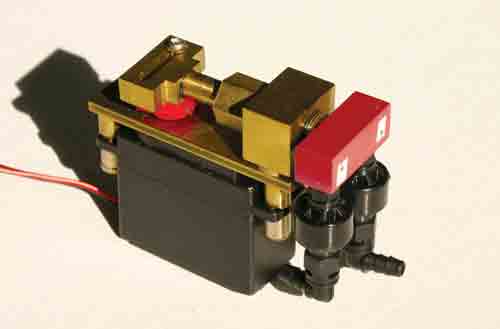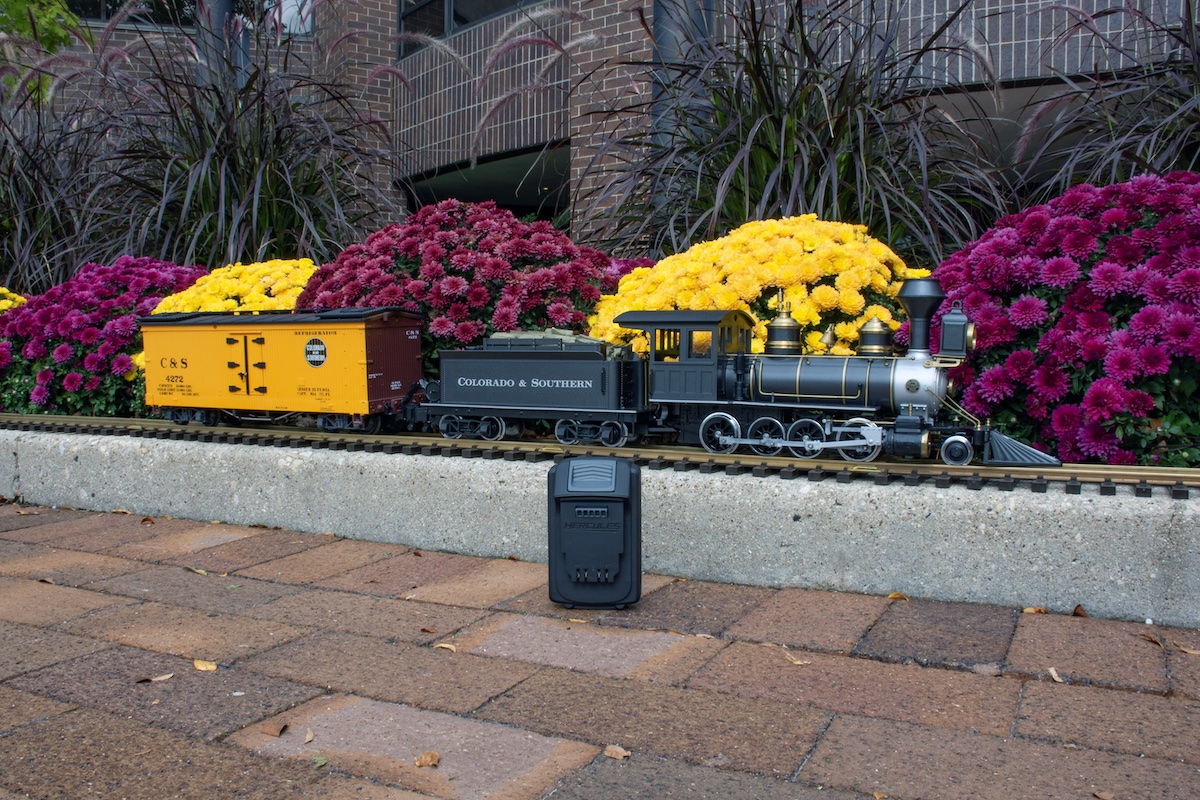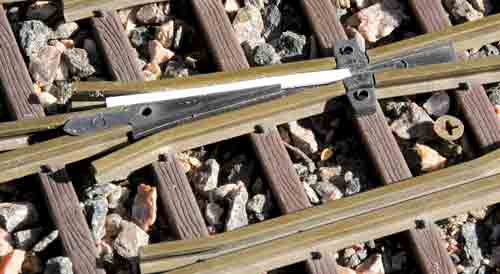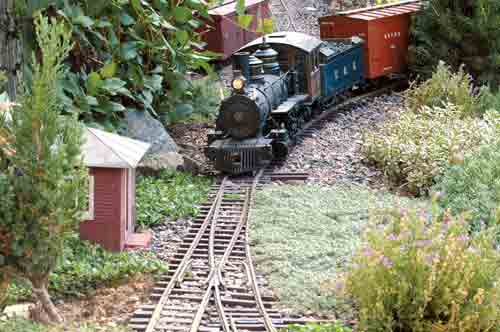Full-size steam locomotives have been in existence for over 200 years, and live-steam models for nearly that long. On that basis, it might be easy to conclude that the hobby of small-scale live steam is one that would not see a lot of new technology. To the contrary, there have been a number of interesting developments recently. This time we will take a brief look at some of them.
Water level detection
Traditionally, locomotives have been equipped with a sight glass to indicate the level of water in the boiler. BF Industries has developed an electronic water-level indicator. A probe is installed in a model boiler at the lowest acceptable water level. This probe is connected to a light-emitting diode (LED) by means of a circuit. As long as the probe is covered with water, the LED displays a green light. When the water level in the boiler drops and the probe is exposed to steam, the LED displays a red light, signaling to the engineer that it’s time to either add more water to the boiler or drop the fire to end the run.
Electrically powered boiler feed pump
If you ever take a radio-control servo apart, you will see that it is basically a small electric motor with a lot of reduction gearing to give it a large amount of torque. By eliminating the servo-control circuitry-which will allow the motor to turn a full revolution-and adding a small piston pump to the output shaft, an electrically powered boiler-feed pump can be made. By varying the speed of the motor, the pump can be set to deliver a constant stream of water to the boiler such that it will match consumption. These servo pumps can either be made by the home builder or obtained commercially from Regner in Germany or BF Industries. In the case of the BF Industries pump, it can be coupled to the water-level detection circuit so that the pump switches on for a prescribed period of time when the water drops to the level of boiler probe.
Advancements in radio control
A lot of small-scale-live-steam enthusiasts favor radio control for their locomotives. Unfortunately, a live-steam locomotive is probably one of the most challenging applications for radio control. Intermittent metal-on-metal contact within the locomotive often causes erratic radio performance, known as “glitching.” As well, these radios require specific frequencies for each transmitter/receiver pair. In situations where other locomotives are operating nearby, care must be taken not to be on the same frequency (or channel number) as someone else.
Originally intended for “park flyer” close-range model aircraft and helicopters, the Spektrum DX6 radio system has recently been adopted by a significant number of small-scale-steam enthusiasts. The key benefit to this new radio is the virtual elimination of glitching problems. The digital radio is configured such that a certain transmitter unit can only “talk to” a receiver that it has been electronically coupled to it, thus ignoring all other signals or noise. Also, due to this coded transmitter/receiver coupling arrangement, several radios can use the same frequencies in the band without the possibility of interference. Each transmitter can be “bound” to up to 10 receivers, eliminating the need to have a separate transmitter for each locomotive receiver. When installed, each receiver is bound to the transmitter and “remembers” the settings particular to the receiver installation in each locomotive.
There are a couple of other benefits to this new radio technology. First, the radio receiver is somewhat smaller than other receivers (making installations in small locomotives easier). Also, modelers have found that the receiver antenna is much less sensitive to placement on the locomotive. Finally, since the radio operates in the 2 Ghz frequency band, a much smaller transmitter antenna is used (about 8″ long). This eliminates the age-old problem of accidentally poking anything nearby with the antenna-a benefit that will certainly be appreciated by spectators!















